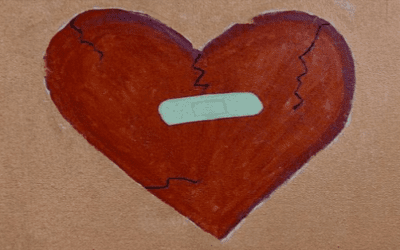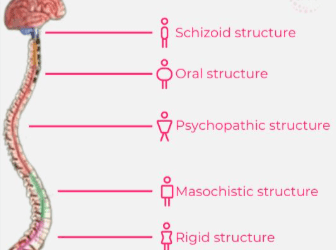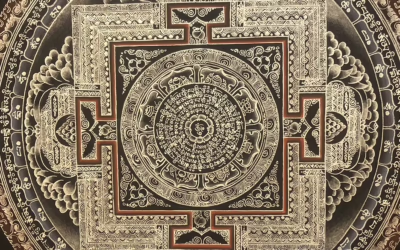Do you struggle with a specific phobia, traumatic memory, or overwhelming emotion that feels impossible to face? This guided meditation will help you build the capacity to gradually transform your relationship to this challenging inner experience through the power of visualization and embodied awareness.
Mapping the Fear in the Body
We begin by bringing the feared thought, memory or sensation to mind and noticing how the body responds. Where do you feel the fear most intensely – perhaps as a knot in the stomach, constriction in the throat, or pressure in the chest? Observe any instinctive urges to protect yourself by curling inward or any impulses to flee. Rather than acting on these urges, see if you can stay present with the bodily sensations, surrounding them with the soothing rhythm of the breath.
Visualizing the Fear
Next, allow your imagination to translate the felt sense of the fear into a visual image or inner scene. The image might be a literal depiction of a traumatic memory or a more abstract, symbolic representation. If working with a memory, see if you can encode it in mythic, metaphorical language – like a tiny mouse hiding under a thin blade of grass, stalked by a predatory hawk. Immerse yourself in this inner environment, noting all its sensory details – sights, sounds, textures, temperature. How does inhabiting this symbolic space impact your physical and emotional experience?
Empowered Modification
Now, begin to experiment with making small, gradual modifications to the visualized scene. These subtle alterations are a way of reminding your mind and body that you have the capacity to creatively reshape your experience. Some examples:
- Gently illuminate dark corners or shadowy figures
- Open a window or door just a crack to allow in fresh air
- Adjust colors, sizes, speed of movement
- Introduce soothing sensory elements like a warm coat or a pleasant scent
- Change your position or vantage point within the scene
As you play with these modifications, track the impact on your embodied experience. Notice any shifts in tension, breath, or emotional tenor. When you encounter internal resistance, don’t force it. Simply redirect your attention to an element that feels more workable in that moment. The goal is to reconnect with flexibility and creative agency, not to eradicate the fear altogether.
Integrating Insight
When you feel ready to conclude the meditation, take a deep breath and slowly open your eyes. As you reengage with your surroundings, know that you can return to this inner space of imaginative reshape at any time. The invitation is to let this practice progressively permeate your daily life. When the phobia arises, see if you can meet it with curiosity and playfulness. Experiment with small tweaks to your habitual responses and coping mechanisms.
Gradually, you may find that the fear begins to feel more fluid, less defining. You may reconnect with an embodied sense of expansiveness and possibility. Your wounds may begin to transform into sources of wisdom and gateways to growth. May every challenge become an opportunity to deepen your faith in your endless resilience, ingenuity and capacity for transformation.
























0 Comments